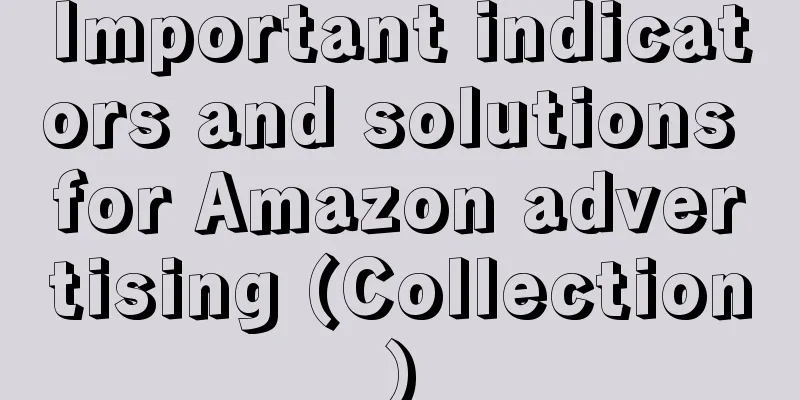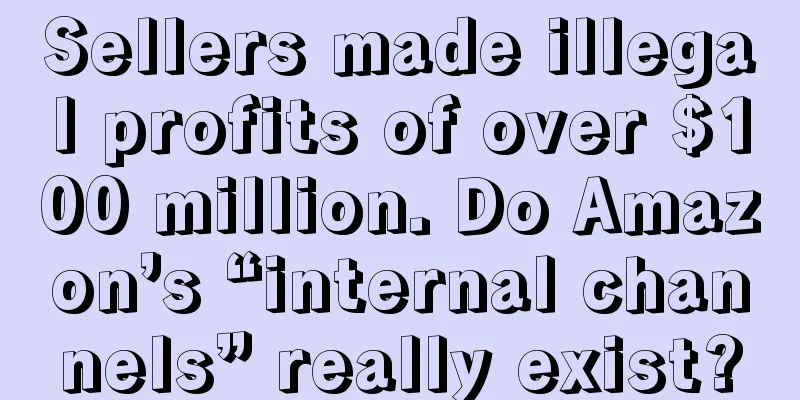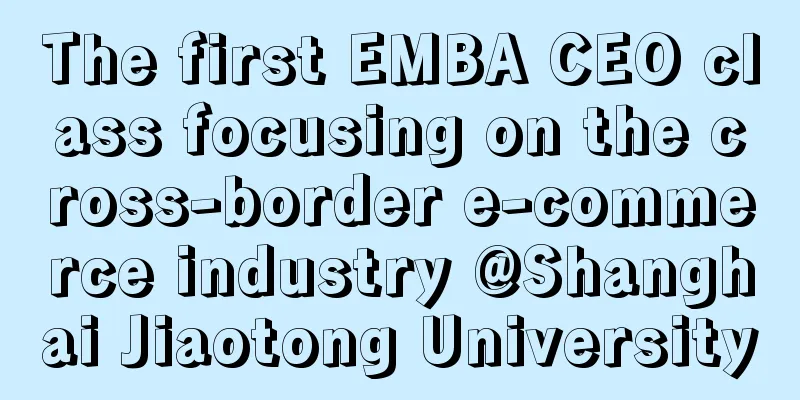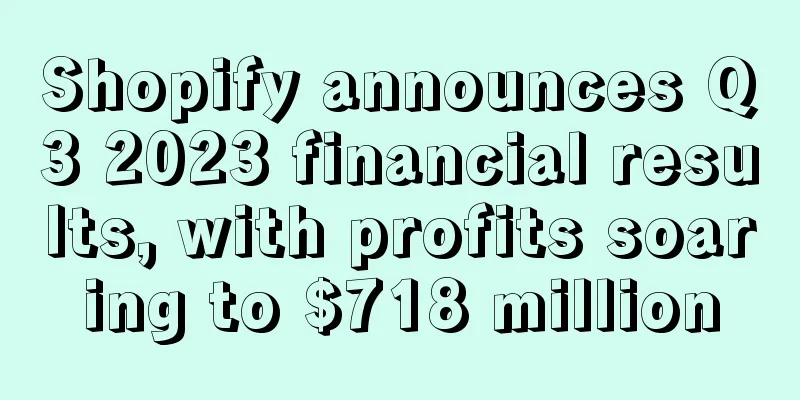Important advertising metrics Bid: How much are you willing to pay to get the ad space? Impression: The number of people who saw the ad. Note that this should be divided into effective exposure and ineffective exposure. Click : Shoppers click on an ad if they think it is relevant to their search. Click-through rate (CTR): measures whether the product main image title attracts customers; CPC: Gets the cost per click of the ad slot. Note that the actual cost may be higher or lower than the actual bid. Conversion rate CVR: measures whether the product page and price are attractive enough; ROAS Return on advertising spend: A ratio that indicates how much revenue is earned for every dollar spent on advertising; ACOS Advertising Cost of Sales: The ratio that indicates how much advertising costs for every dollar earned; Advertising cost ratio ACoAS: advertising expenditure/total sales; Cost per advertisement CPA: advertising expenditure/advertising order; Average advertising cost of on-site orders (ACPA): advertising expenditure/(total orders - orders from off-site channels); Total cost ratio: total cost of each item/total sales. Purpose of advertising data analysis In the short term, we can only analyze and optimize after we have enough data. At this time, the indicators of card control are exposure and click volume. Look at the number of orders in the medium term: In the early stages of new product promotion, the overall ACOS is not ideal, because the order channels mostly come from advertising, but as long as there are orders, it will help us promote the keyword ranking and size category ranking of the product. At this time, the card control indicators are the increase in order volume and keyword ranking. Look at ACOS and ACOAS in the long term: ACOS is the most important indicator of an advertisement’s long-term performance. Therefore, after entering the later stage, the indicator that needs to be paid attention to is ACOS. It should be noted that sometimes ACOS is high but ACOAS is within an acceptable range. The ACOS indicator can be weakened. At this time, it is necessary to optimize the input-output ratio and eliminate invalid traffic. Traffic flow determination criteria and response plans High conversion rate, low ACOS, and high order volume Solution: additional precise high bidding, original group does not deny transfer High conversion rate, low ACOS, and small number of orders Response plan: Continue to observe High conversion rate, high ACOS, and large number of orders Countermeasures: original group accuracy, extra precision, lower bidding, control input-output ratio
High conversion rate, high ACOS, and low order volume Response plan: keep it during the promotion period, prioritize the order volume during the stabilization period, and control the input-output ratio Low conversion rate, low ACOS and high order volume Solution: additional high-precision bidding, no rejection of the original group Low conversion rate, low ACOS and small order volume Response plan: Continue to observe Low conversion rate, high ACOS, and high order volume Countermeasures: original group accuracy, extra precision, lower bidding, control input-output ratio Low conversion rate, high ACOS, and low order volume How to calculate the bid price required for a slot It is necessary to place advertisements in advance to test CPC costs in different locations Assuming that Top of Search has the best effect after testing, we need to allocate all budget to this ad position. In past tests, we learned the following data: $1.50 per click on the top search results 1 click on the product details page $1.40 Other locations 1 click $1.20
At this time, lower the bid to $12 (lower than the cost of one click on the detail page) to reduce exposure on the detail page and then use a high premium to tilt the homepage ad space. The calculation based on the above data is as follows: That is, the percentage increase at the top of the homepage is about 30%, which can basically ensure that the budget is spent on the top of the search results and other positions. What are the shortcomings of automatic manual advertising?
Automatic advertising shows ASIN and Guanyue words, and the entire report is very messy? Some manual advertising campaigns account for the vast majority of expenses, while some do not cost money? Manual advertising has poor conversion rates, and a certain keyword has taken up most of the budget? I manually bid very high for many keywords, but couldn’t get any data, and couldn’t determine whether the keyword was good or bad?
Automatically open two campaigns at the same time. One campaign is close and broad, and the other is similar and related (the bid for this one should be higher, otherwise the ASIN will not run): Then pick 5-20 words (especially long-tail words) and run a campaign for each word. The budget is very small, estimated to be 5-10 US dollars. Later, adjust the bidding and negation according to the data: There won’t be a lot of orders from each activity, but if the keywords are chosen well, the ACOS will be relatively low.
How to deal with big words with high exposure, high clicks and low conversions Control bidding while still maintaining a certain amount of impressions and clicks. The core factor of low conversion rate of big keywords is low link competitiveness, which is not enough to compete with other competing products under big keywords. You can observe the competing products on the first two pages of big keywords, which are basically high-order and high-conversion competing products on the Top Seller list and New Released list. If your product has no potential to be a hit, low conversion rate is normal. Why is it recommended to control the bid instead of directly denying it? Big keywords are always the main source of traffic. Directly denying or not placing ads will lead to a significant reduction in ad exposure. If a keyword has no clicks and conversions for a long time, the keyword ranking will naturally drop significantly because the algorithm determines that you are not related to the word. If your links are judged to be unrelated to big words, you will have to wait until your competitiveness improves before you can push the ranking of big words. At that time, the difficulty and investment will be extremely high. Therefore, big words must always maintain a certain exposure and clicks, and it is even better if there is conversion. How to control the bidding There are two strategies: one is to directly lower the bid, and the other is to put big words into low-precision advertising campaigns. It is recommended to try both methods. When the link competitiveness is enough to compete with other big-word competitors, increase the budget investment and bidding to quickly promote the big-word natural ranking and grab natural traffic.
|










